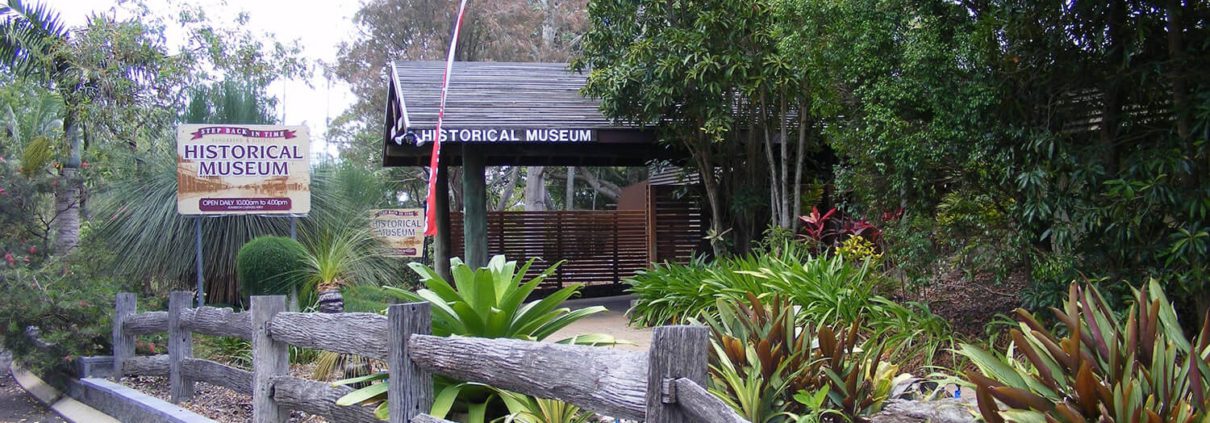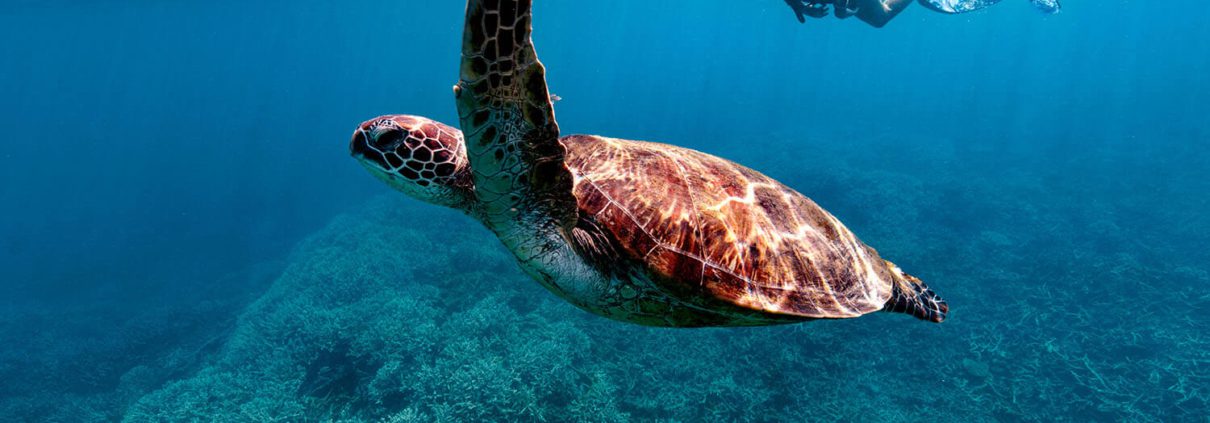Bundaberg Events
Looking for Bundaberg Events in 2022? We list all of the best events for you, your family and friends to enjoy in the beautiful city of Bundaberg. Find free and paid events at a glance.
Bundaberg and District Historical Museum
/0 Comments/in Day ToursThe Bundaberg and District Historical museum ensure the collection and preservation of various historical aspects of the region to benefit the entire community. The museum boasts an impressive photographic and archival collection that is open to the public. These include a display of the local birds, local artifacts, and other exhibitions that date back to the 1800s.
Originally, it was known as the Normanby House, but it has since evolved into the fully equipped museum it is now. The collections housed in this museum can be accessed by prior notice, which means bookings are mandatory for visitors if they wish to see the displays. There is a wealth of knowledge available for visitors to take advantage of, some of which include the birds displayed by Charles Skyring, the World Quilt, and the Lucke Quads Cyclops Pram.
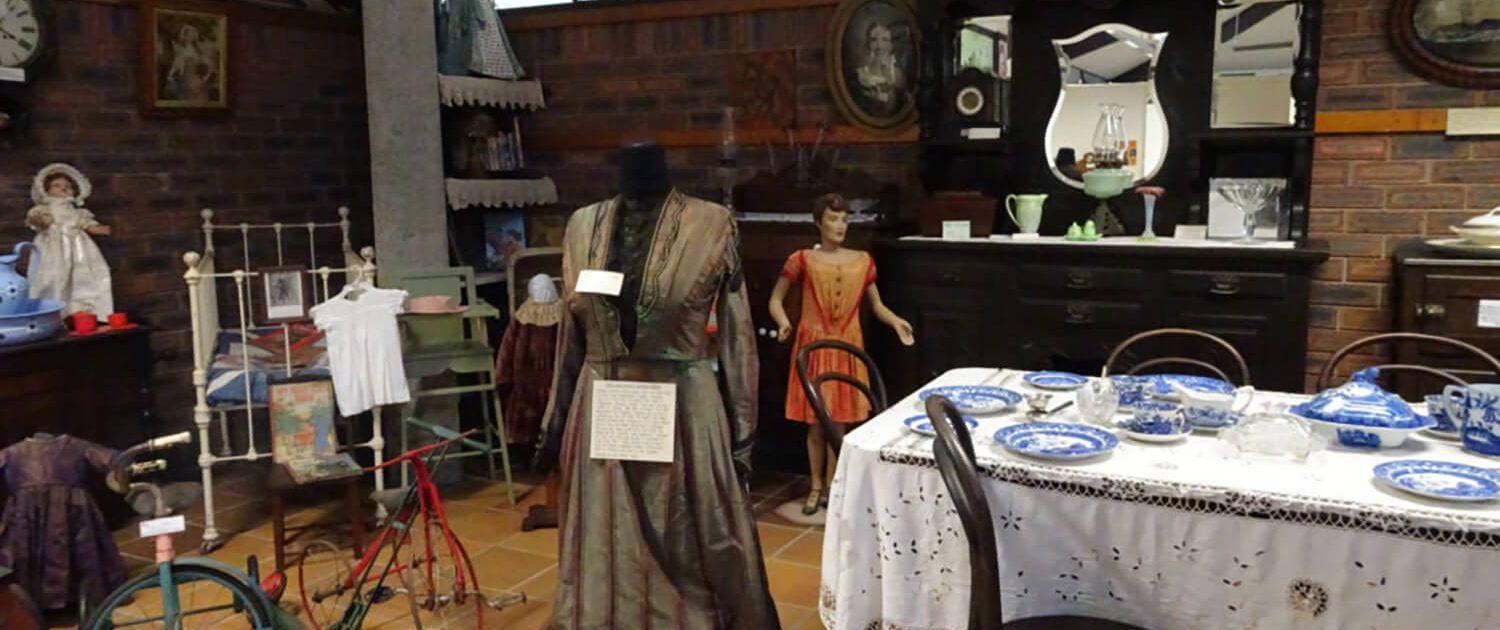
Bundaberg City Spitfire Scroll
The citizens of Bundaberg funded and donated a Spitfire plane to the War, with the plate “City of Bundaberg & District” during World War II. This was donated to honor Bert Hinkler, who was a fallen Squadron leader and to show support to the Royal Airforce Squadrons. The Donated Spitfire on three squadrons, Number 308, Number 504, and Number 616. The Spitfire ended up being abandoned in service of the Number 504 squadron on the Isle of Man on the Irish Sea.
The scroll which is now displayed in the museum was prepared during the fundraising for the Spitfire. This scroll is especially valuable to the locals since, at that time, they paid a small fee to be allowed to sign it. It is an important part of the heritage of Bundaberg, and is called ‘The Roll of Spitfire Supporters’. A lot of the citizens who signed on that document are still alive and proud to see this displayed in their museum.
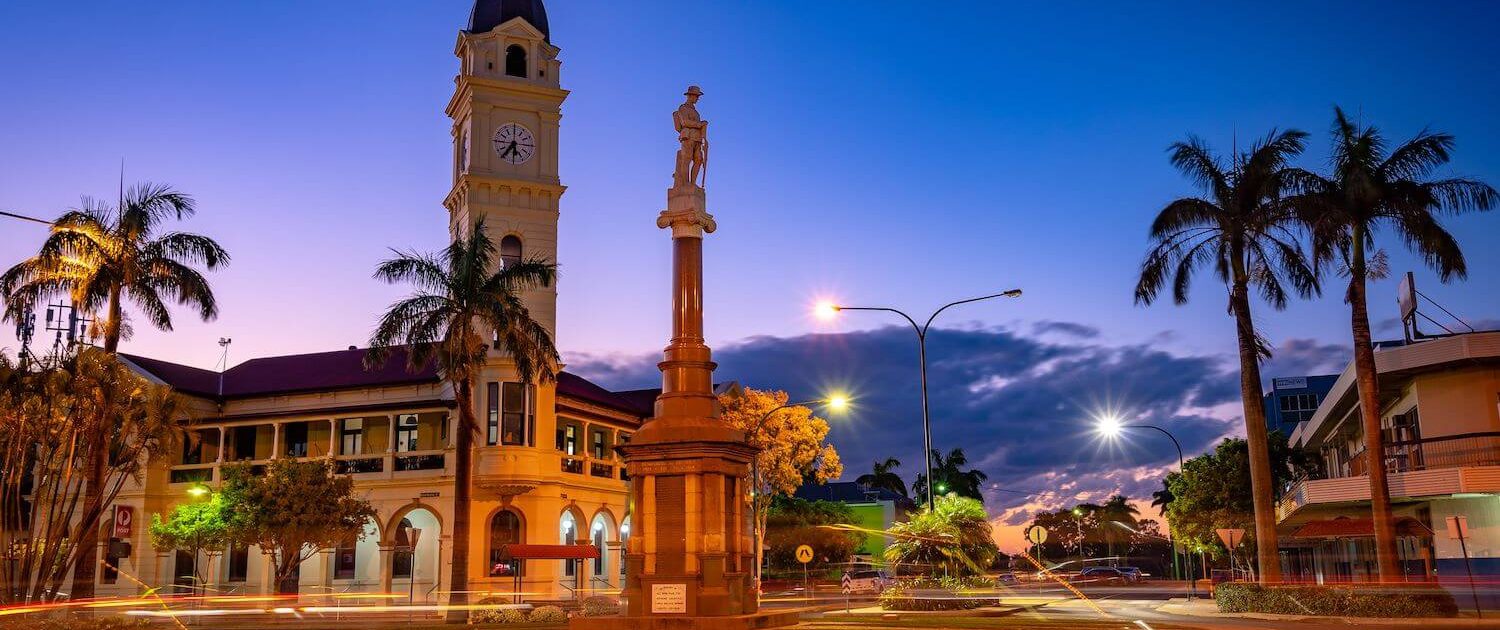
The Lucke Quads Pram
The Lucke quadruplets were born to Agnes and Arthur Lucke in 1955, at the Lady Chelmsford Maternity Hospital. They were named Eric, Jennifer, Kevin, and Veronica and their pram, which was one of a kind, was created and donated by Cyclops. It is the only pram of that kind in Australia, and three out of the four Quadruplets are still reside in Bundaberg.
The World Quilt
The World Quilt is a nice symbol of creativity in Bundaberg and was the creation of Marguerite Rule in 1920. She was an avid subscriber to the Christian Science Monitor and was requested to embroider a cloth for the autographed quilt that the American correspondence to this publication wanted to make. Marguerite was inspired to make a quilt like that for herself too, and consequently created a 1.5 square meter quilt, with fifty-nine 15cm boxes.
Each one of these boxes has been autographed by celebrities including actresses, sportsmen, and singers. A sixty-centimeter box, however, holds Marguerite’s signature and date of creation, and this quilt still sits in the museum for visitors to witness.
Conclusion
The Bundaberg and District Museum exhibits different artifacts and displays that show how special this city is to Australia. The community takes pride in whatever photographic or archival displays it holds.
Turtles Up Close And Personal
/0 Comments/in TurtlesIf you just love turtles, there is no better place in Australia to experience turtles up close and personal. Bundaberg is host to everything from Turtle Breading, Turtles Laying Eggs at Mon Repos and Swimming with turtles at Lady Musgrave Island with Lady Musgrave Experience. Mon Repos has a reputation for being the leading turtle destination to witness Mother Nature in her full glory, and tourists from all around the world have been lucky enough to experience swimming with turtles in the Lady Musgrave Lagoon.
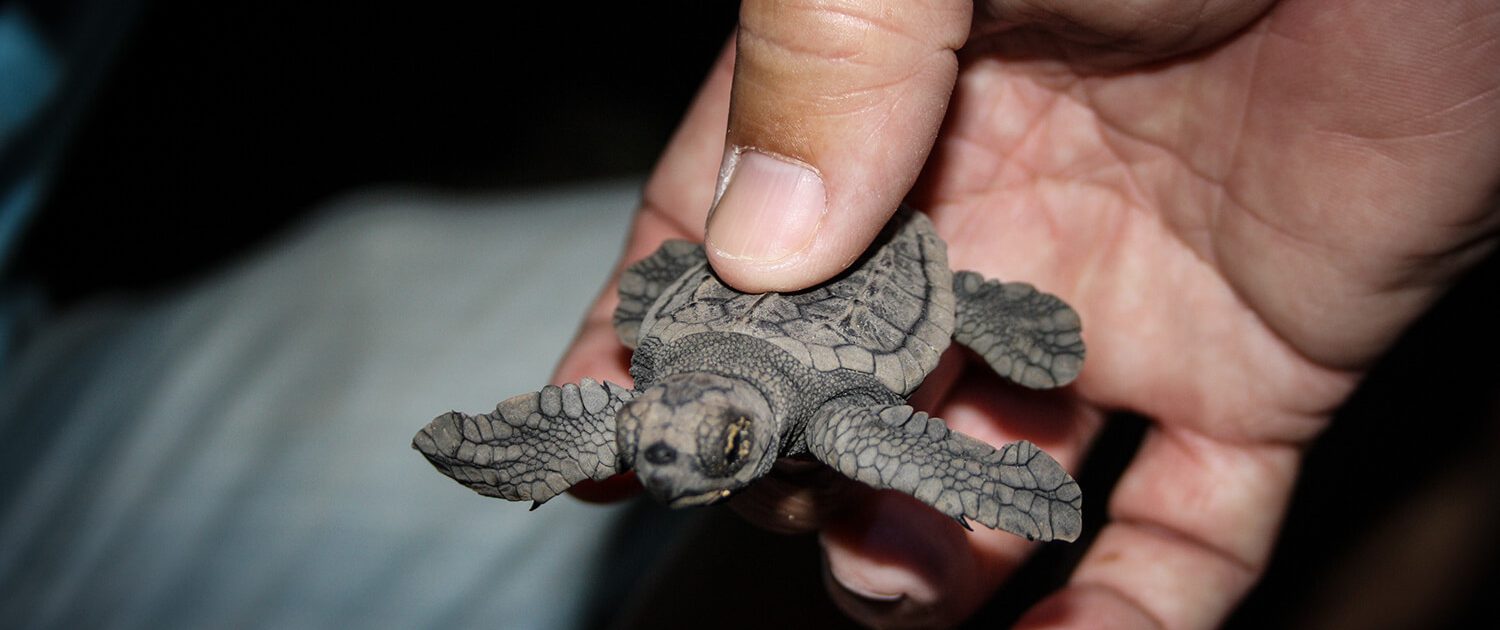
For one month each year, Australia comes alive with the arrival of thousands of turtles as they come ashore to lay their eggs.
Hatching can be an amazing experience that is impossible to describe. Thousands of eggs hatch along the beach in a matter of hours. When the tide goes out, you can walk down the beach and see thousands of tiny turtles just nudge their way out of the sand and begin their journey towards open water. The arrival of baby sea turtles always seems to take us by surprise. Their unpredictable schedule makes things exciting, every night could be the night for a massive hatch!
Witness turtles hatch from their shells and make the often perilous journey to the water. Marvel at these beautiful creatures’ teamwork as they create an inspirational story out of the darkness.
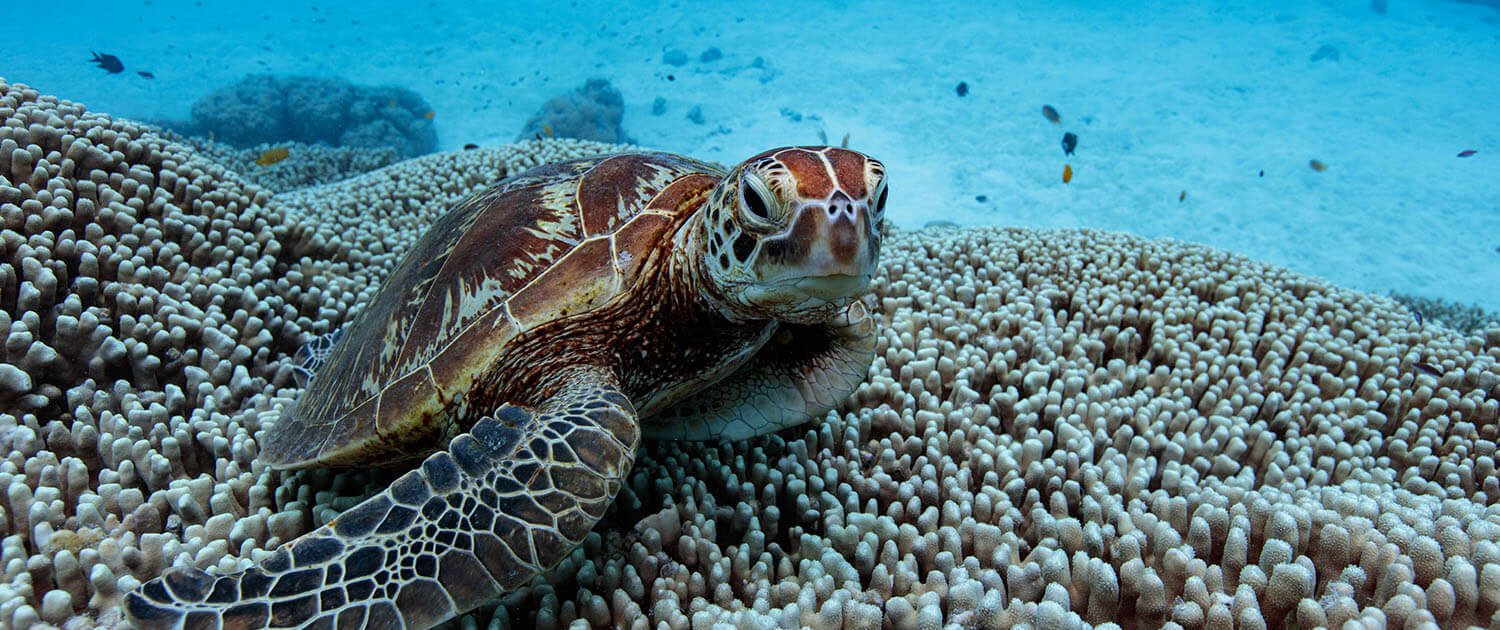
Bundaberg is all about Turtles from October until April. We are lucky enough to have the largest concentration in the whole South Pacific of Loggerhead Turtles nesting and hatchlings at Mon Repos Beach.
1. As the oldest reptile group in the world, turtles have been here for over 220 million years. They have survived dinosaur extinction and outlived most mammals, birds and fish.
2. These creatures date back to the time of the dinosaurs over 200 million years ago. They are an integral part of the marine ecosystem and can be found on land, shallow water and deep water in regions around the world.
3. Turtles are shielded behind a super-tough bony shell to keep them out of harm’s way. In most species, the upper and lower jaws are covered by a beak, rather than separated by skin and flesh as in most other vertebrates.
4. Turtles have a shell which is actually part of the turtle’s skeleton and made up of nearly sixty bones which include the turtle’s ribcage, spine and shell.
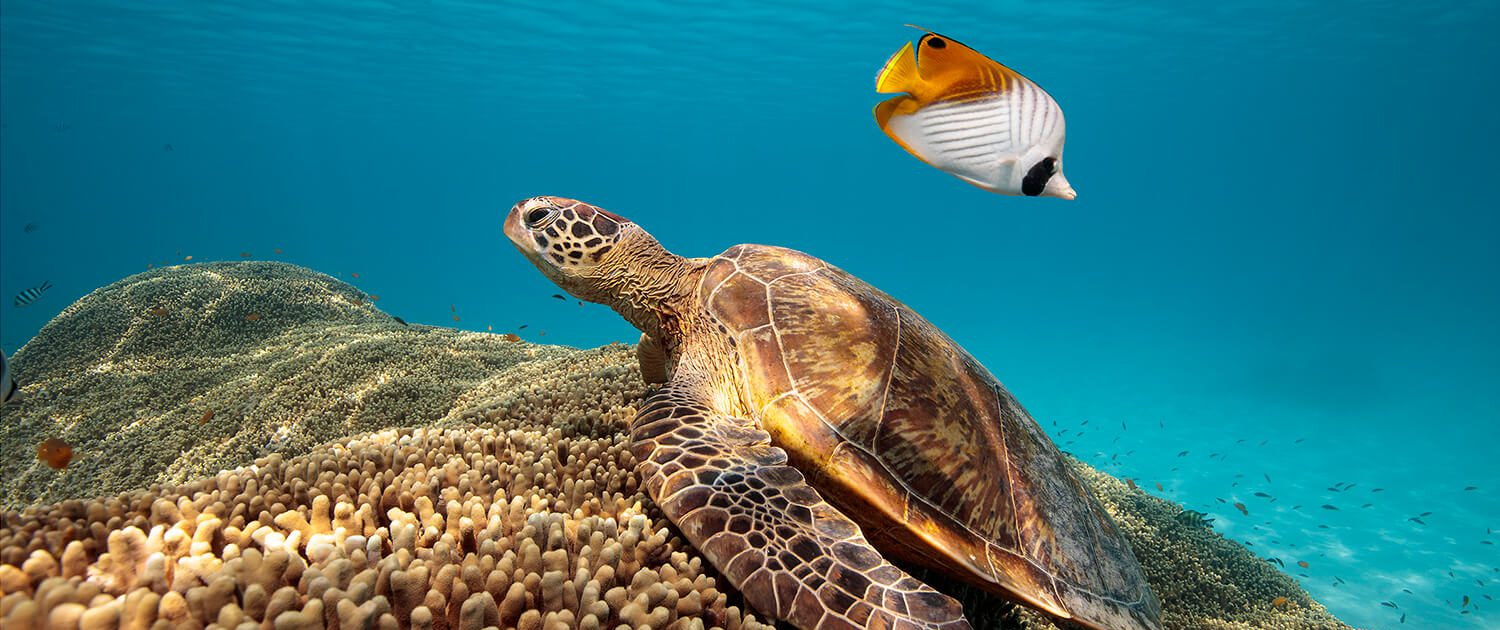
5. Contrary to popular belief, the turtle’s shell does not grow with the turtle. A turtle can only grow so big for its shell before it becomes too heavy for the turtle to carry.
6. The diet of a turtle is greatly affected by its environment. A land-dwelling turtle will eat grass, fruit and beetles. Sea-dwelling turtles may eat algae, squid, jellyfish and other small creatures.
7. Some turtles are carnivorous and others eat plants, while some are able to survive on both animal sources and plants.
8. Turtles are amniotes, which means they breathe air, lay dry eggs on land, and have shells.
9. Turtles have a long lifespan. The oldest known, named Tu”i Malila, of Tonga Island lived to be 188 years old.
10. Unfortunately, some species of turtle are endangered. Approximately 129 species on the planet today (according to the IUCN Red list) are either vulnerable >20% risk of extinction, endangered >10% risk of extinction, or critically endangered ~ <10% risk of extinction.
Please take moment to browse the Mon Repos and Lady Musgrave Experience websites to learn more about Turtles and how you can see them up close and personal.

